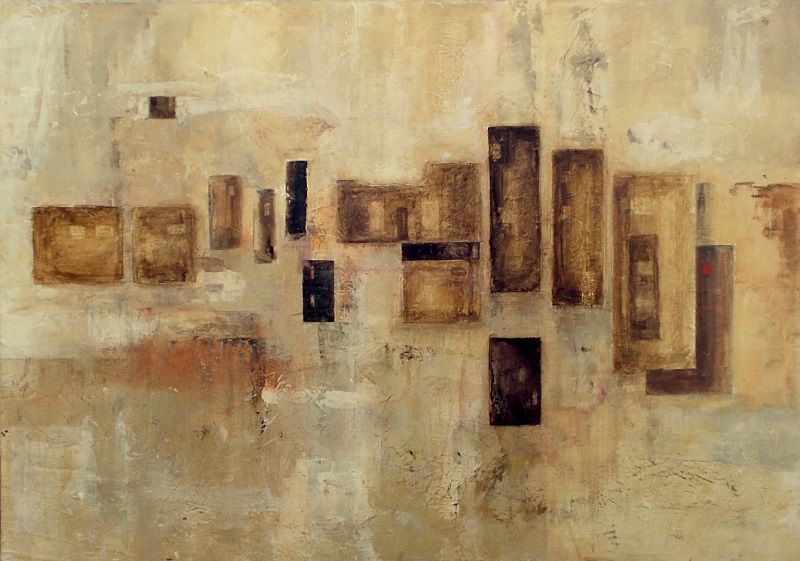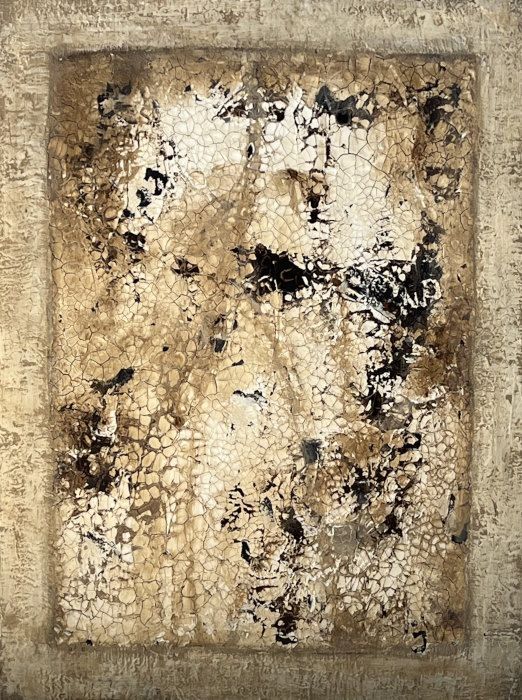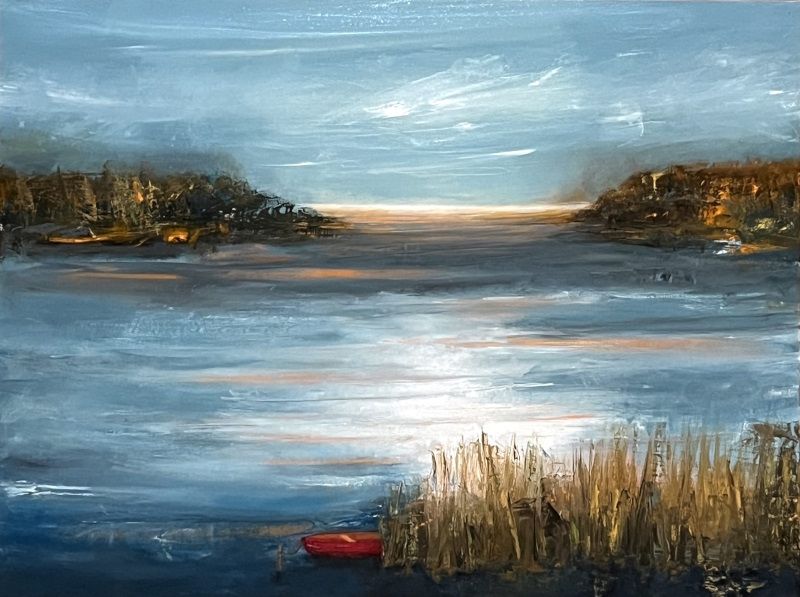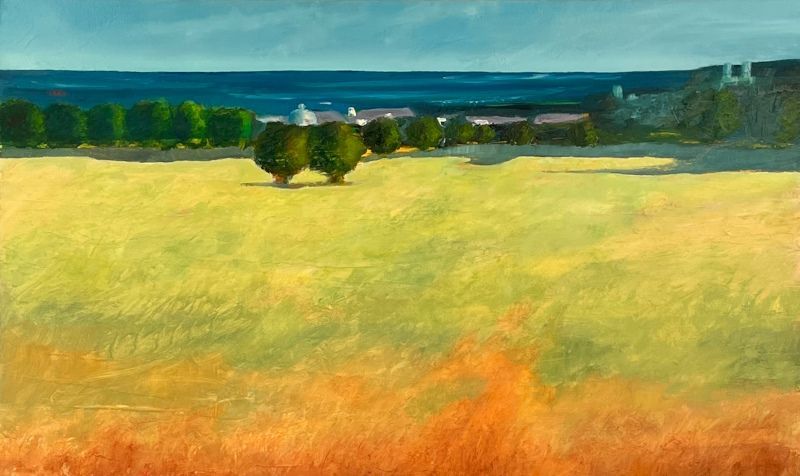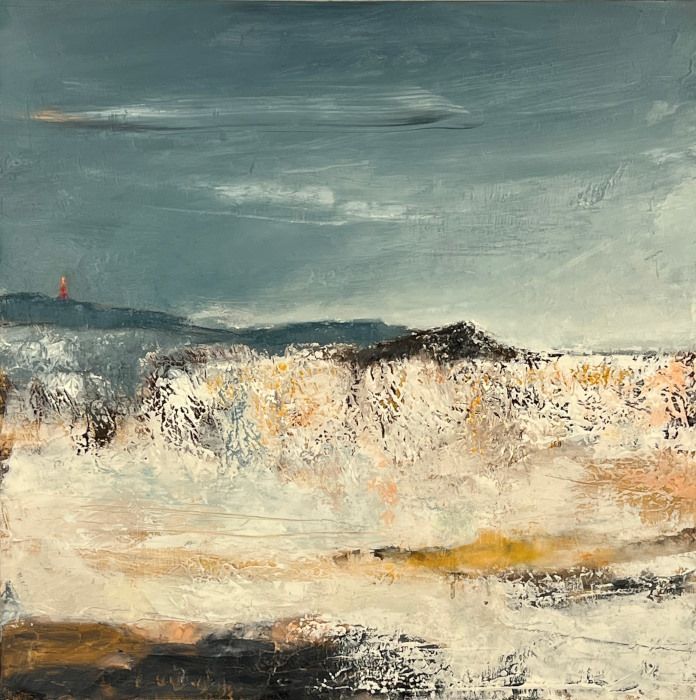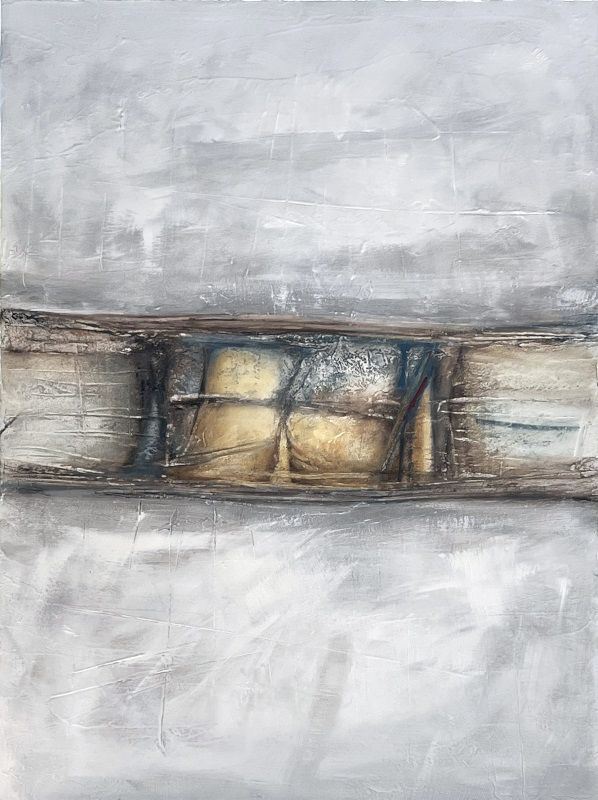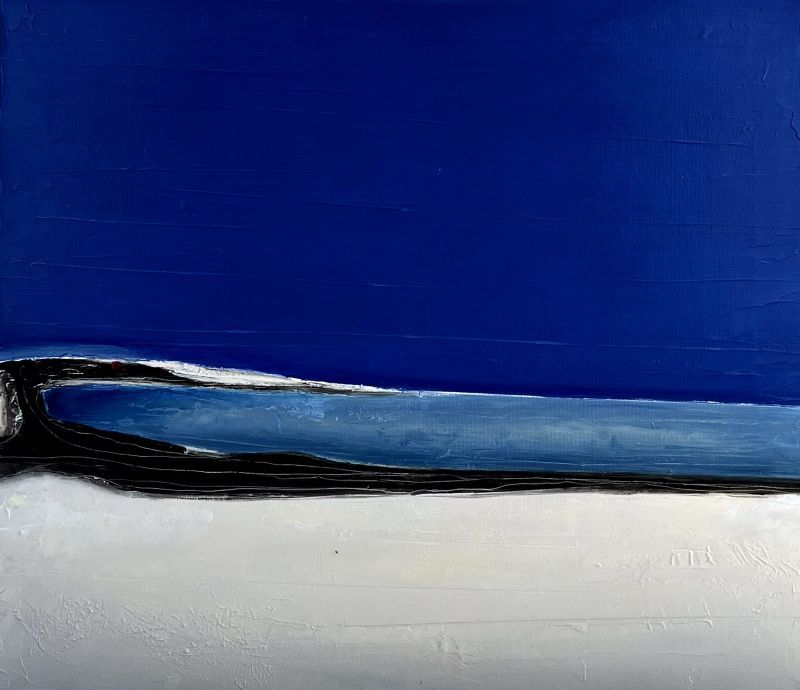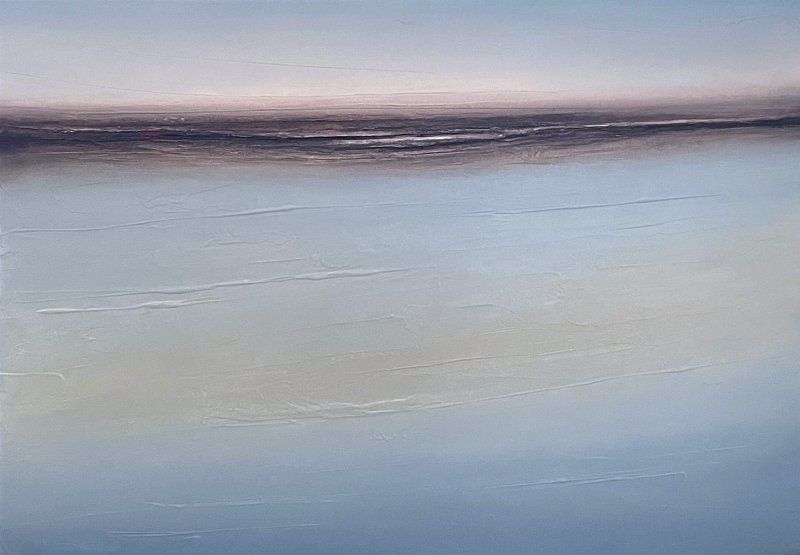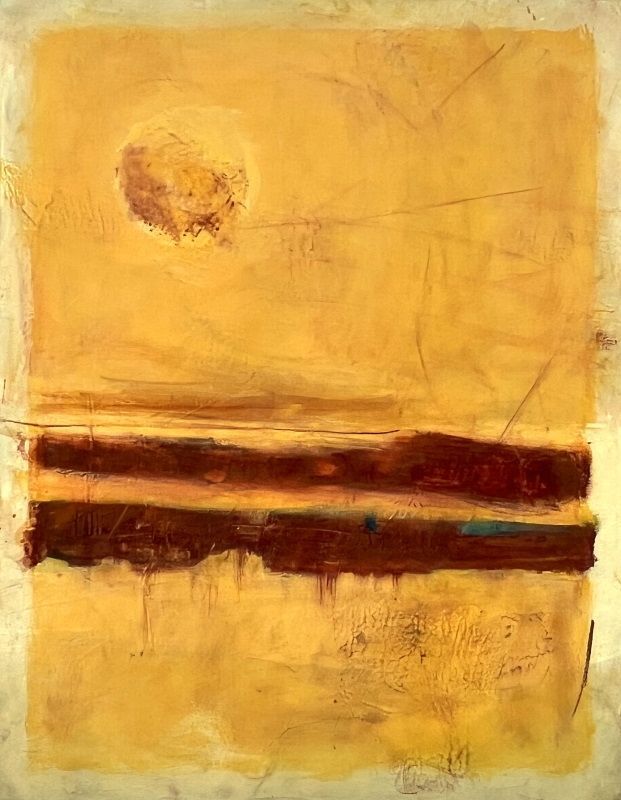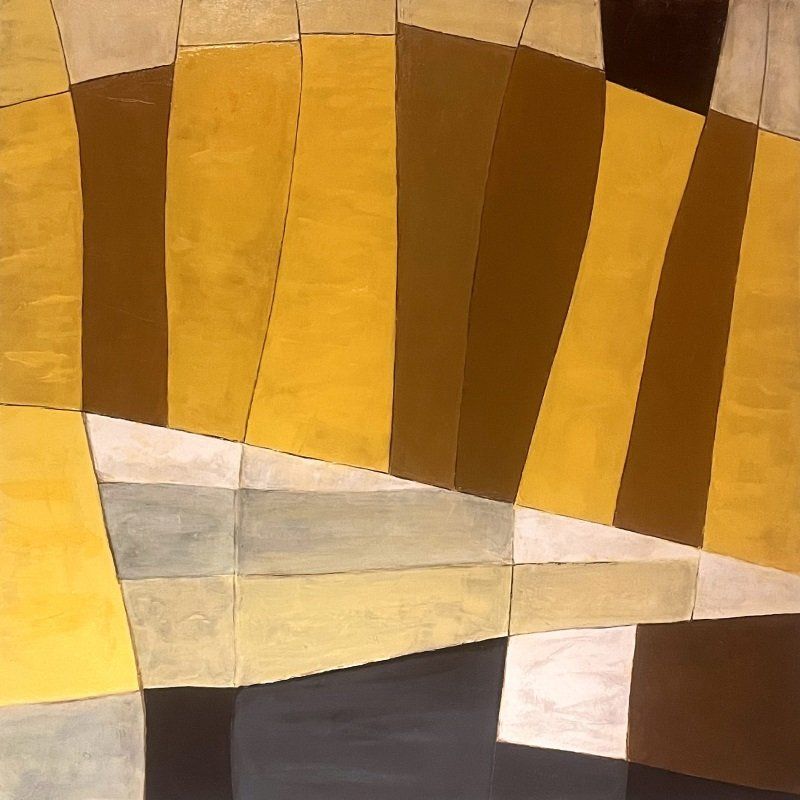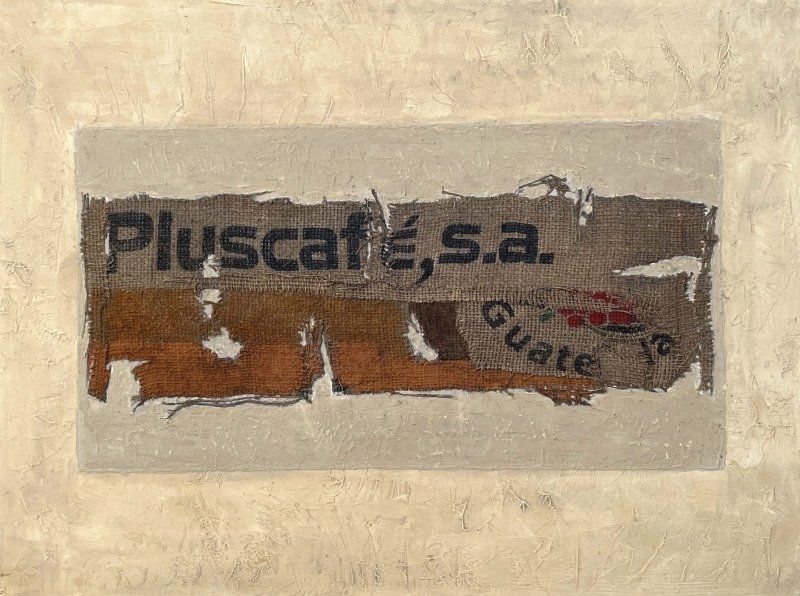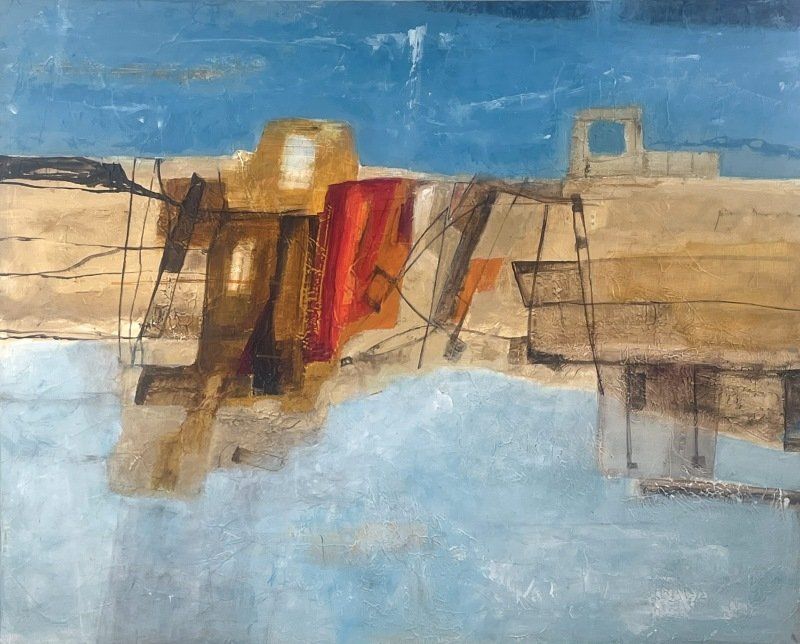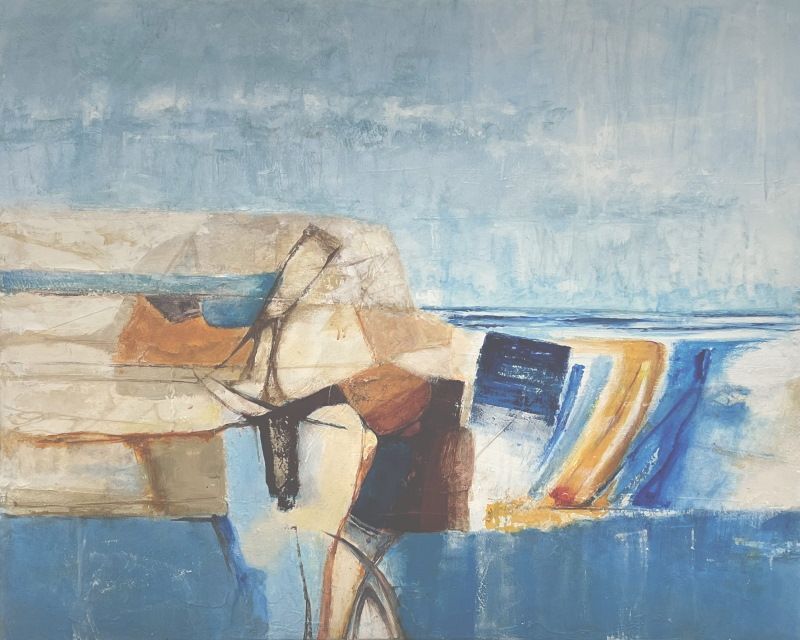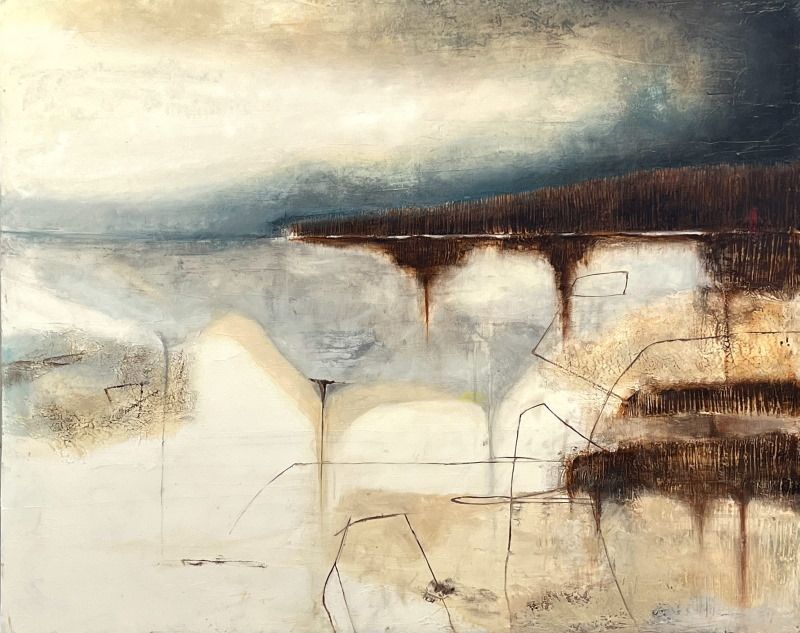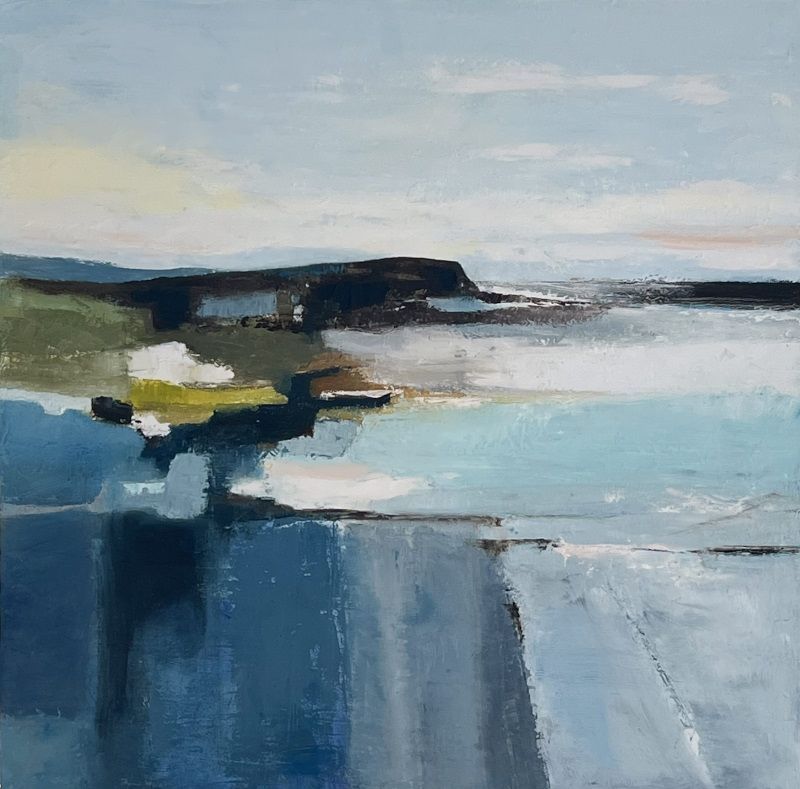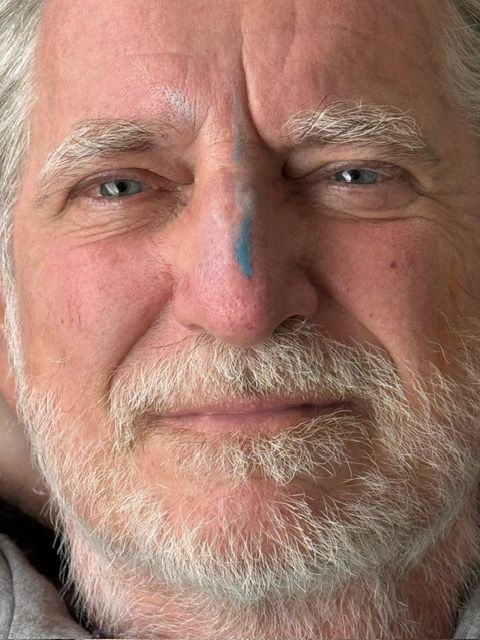BUON NATALE E BUON ANNO !
FROHE WEIHNACHTEN
UND EIN GUTES NEUES JAHR !
MERRY CHRISTMAS
AND A HAPPY NEW YEAR !
La Sibilla Delfica - Die Delphische Sibylle - The Delphic Sibyl (Sistine Chapel)
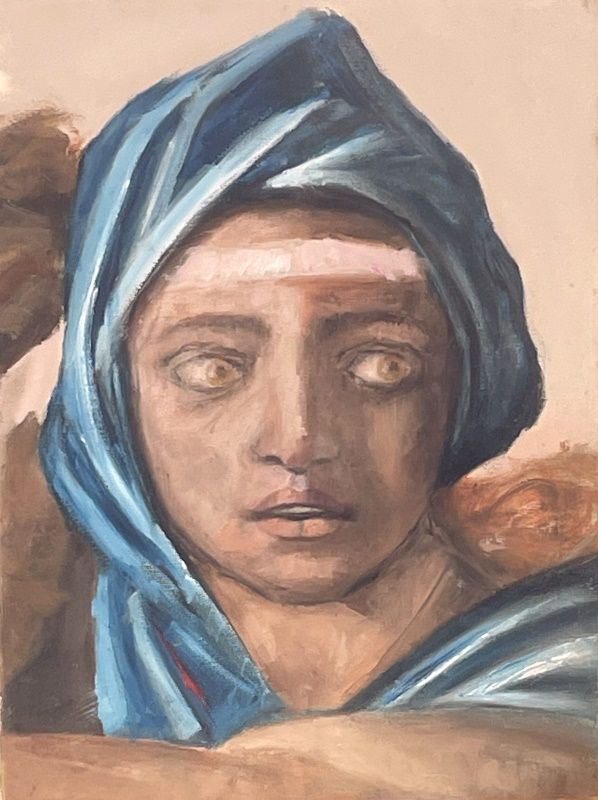
Ringrazio di cuore tutti coloro che hanno visitato la mia ultima mostra "I colori del tempo" alla Piccola Galleria di Bolzano, conclusasi con successo il 17 dicembre.
A loro, e a tutti, rivolgo un augurio sincero di Buon Natale e Buon anno, perché luce, amore e speranza continuino a dare colore e significato al nostro condiviso cammino.
* * * * *
Ich danke von Herzen allen, die meine letzte Ausstellung „Die Farben der Zeit“ in der Kleine Galerie in Bozen besucht haben, die am 17. Dezember einen erfolgreichen Abschluss gefunden hat.
Ihnen, und allen, spreche ich meine aufrichtigen Wünsche für ein frohes Weihnachtsfest und ein gutes neues Jahr aus, damit Licht, Liebe und Hoffnung unserem gemeinsamen Weg weiterhin Sinn und Farbe verleihen.
* * * * *
I sincerely thank all those who visited my latest exhibition "The Colours of Time" at the Piccola Galleria in Bolzano, which came to a successful close on 17 December.
To them, and to all, I extend my sincere wishes for a Merry Christmas and a Happy New Year, that light, love and hope may continue to give meaning and colour to our shared journey.
Con una pittura estremamente inclusiva, capace cioè di dare espressione a qualunque soggetto, Pietròpoli racconta, tela dopo tela, il suo osservare, il suo esplorare, il suo indagare un universo dove non si potrà mai confondere ciò che sarà con ciò che è stato.
Un'arte concepita non come "mestiere", ma come modo di essere al mondo.
Mit einer zutiefst inklusiven Malweise, die jedem Sujet Ausdruck zu verleihen vermag, erzählt Pietròpoli - Leinwald für Leinwand - von seinem Beobachten, Erkunden und Erforschen eines Universums, in dem man niemals das Kommende mit dem Vergangenen verwechseln kann.
Eine Kunst, die nicht als Beruf verstanden wird, sondern als eine Weise, in der Welt zu sein.
Through an extremely inclusive approach to painting, capable of giving expression to any subject, Pietròpoli narrates, canvas after canvas, his process of observation, exploration, and inquiry into a universe where what is yet to come can never be confused with what has already been.
An art not conceived as a craft, but as a way of being in the world.
OPERE IN PRIMO PIANO
FEATURED WORKS
NELLO SPECCHIO DEL PRESENTE
Nei suoi lavori, i mutamenti del tempo, i cieli sedotti e la molteplicità della materia non imitano gli aspetti del reale ma esprimono una nuova personale totalità.
Ciò che caratterizza lo stile di Fernando Pietròpoli e gli conferisce una sostanziale originalità di varianti espressive è l’importanza che in esso assume la “materia”, l’impiego, cioè, di una tecnica di sintesi che consente risultati di straordinaria intensità e di una bellezza tanto sorprendente quanto imprevedibile.
Una pittura, la sua, nella quale le emozioni non si gelano nella precisione dello smalto o del segno, ma si incrostano nello spessore del colore, nelle sue sgocciolature, nelle macchie, negli schizzi, negli strappi che affogano nel magma degli elementi cromatici; essi sembrano rimbalzi dall’ignoto.
C’è un che di istintivo e veemente nelle sue creazioni, che non poteva rimanere contenuto solamente dentro quella sua anima inquieta; i suoi segni, infatti, sono anche i nostri, sono questi scheletri inequivocabili del nostro tempo.


